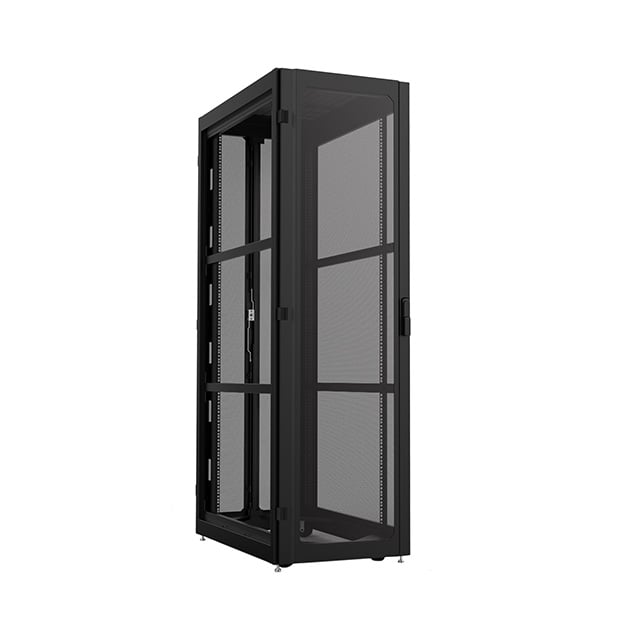DC100 Series, Racks
Results:
1
Filters
Applied Filters:
DC100
About Racks
Rack systems are essential for the mechanical assembly and containment of system subcomponents from different manufacturers in a secure and organized manner. These systems are based on standardized equipment dimensions and play a critical role in providing a unified platform for integrating diverse components within various applications. One key category of rack systems is equipment mounting, which involves the secure attachment and installation of electronic devices, servers, switches, and other equipment within the rack. By adhering to standardized dimensions, these racks ensure compatibility and consistency across different types of equipment. Enclosure systems are another vital aspect of rack families, offering protection and security for the contained equipment. These enclosures may feature open designs, allowing for easy access and ventilation, or closed designs, providing additional protection from environmental factors and unauthorized access. Rack systems are available in several styles, including floor standing, wall mount, console, and others. Floor standing racks are suitable for larger installations and provide ample space for equipment and cabling, while wall mount racks are ideal for environments with limited floor space. Console-style racks offer a compact and integrated solution for housing equipment and control interfaces in settings such as control rooms or command centers. By providing a standardized and mechanically secure environment, rack systems enable efficient integration and organization of system subcomponents, regardless of their original manufacturer. This standardized approach simplifies installation, maintenance, and expansion of equipment, promoting interoperability and ease of use across diverse applications.

